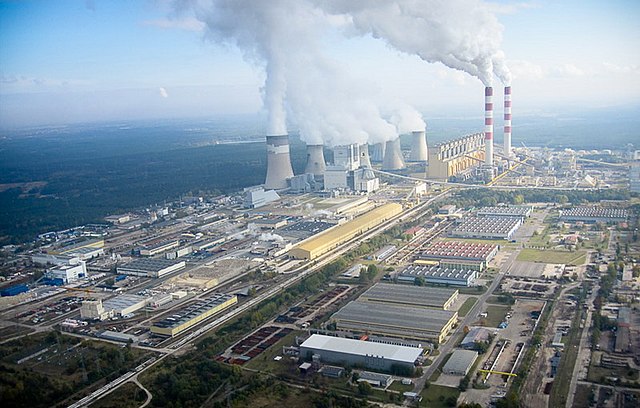Coal-based solid waste can help agriculture: from solid waste to silicon fertilizer
In the field of agricultural fertilizers, silicon is the “fourth largest nutrient element” after nitrogen, phosphorus and potassium. It can promote root development, enhance nutrient and water absorption, promote photosynthesis, make stems and leaves straight, and improve lodging resistance. Drought and flood tolerance is a typical “health element”.

Silicon has played such a big role in agricultural production. What is the preparation process of silicon fertilizer?
At present, the preparation of silicon fertilizer mainly uses potassium feldspar and limestone as raw materials, which are activated by high temperature roasting, and the cost of raw materials and energy consumption is relatively high.
Coal is evolved from the accumulation of ancient plants. “Peat” and “Peat” in “flower pot soil” have long been used as high-quality potted substrates, while “Peat” and “Peat” are in the “juvenile” period. coal.
Older “lignite” or “weathered coal” after long-term wind and rain are the most important raw materials for agricultural humic acid fertilizers.
If coal gangue, gasification slag, fly ash and other coal-based solid wastes with low calorific value and non-combustibility are converted into coal-based silicon fertilizer, it is a very good application path for nutrient crops in the agricultural field and ecological improvement. .
The main component of coal-based solid waste is silicon dioxide (about 50% to 70%), and also contains calcium, magnesium, sulfur, potassium, etc., which are essential medium and micronutrients for plant growth. After “artificial weathering” operations such as grinding and high-temperature combustion, the coal-based solid waste has obtained a reactivity much higher than that of conventional silicon fertilizer raw materials.
The National Energy Group Low-Carbon Institute transforms coal-based solid waste into high-value standardized commercial coal at low cost through technological innovation. The cost of conventional silicon fertilizer is about 700 yuan/ton, and the cost of coal-based silicon fertilizer is about 200 yuan/ton. It has significant advantages. It adopts differentiated technical routes according to the characteristics of different raw materials, and the overall efficient transformation and utilization. The effective silicon content is about 1.6 to 1.8 times the national standard value, which is of positive significance for strengthening the product’s water and fertilizer retention and soil heavy metal passivation.
Coal-based silicon fertilizer can also be used for land reclamation, desertification and saline-alkali soil restoration in nearby mining areas. Indirectly achieve biological carbon sequestration through soil improvement, helping to achieve the “double carbon” goal.
